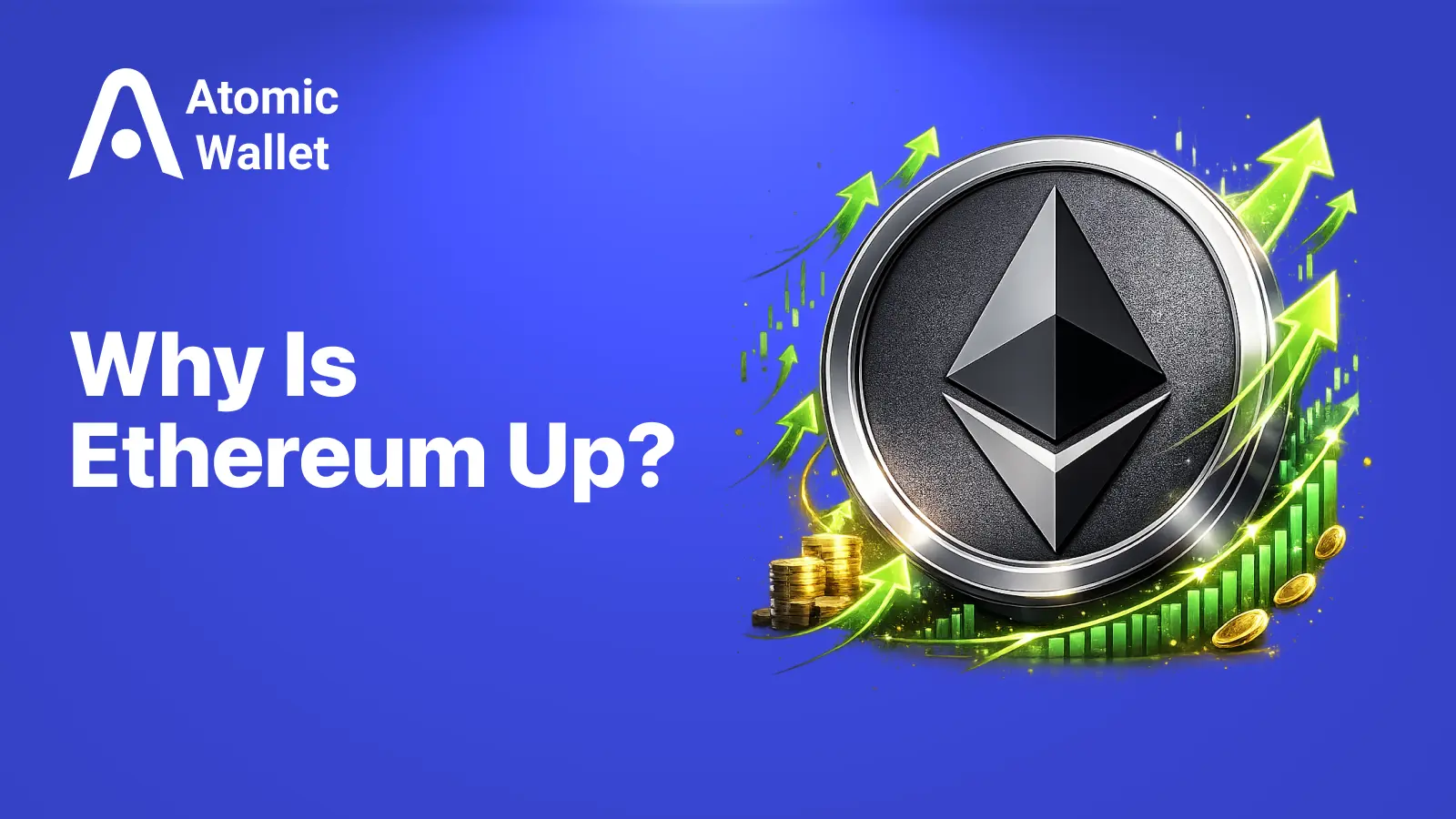Assets

Exchange

Buy Crypto




All the global things we use are under governance. Like currencies, media, gasoline. Transnational corporations like Apple, Samsung, Louis Vuitton, etc. are under the management.
Earlier blockchain was a governance-free system, but now it’s time to change the game. It may seem disappointing because of the lack of freedom coming next to governance. But we need to go through this to popularize blockchain, make it a tool that will be implemented in our daily lives. If the government cannot control something, it forbids the thing. So we just need to calm down and understand the necessity of blockchain governance.
Blockchain governance will be nothing like the governance present in transnational corporations. Blockchain under the management will be as transparent and decentralized as it can. It will be a new form of governance we need to welcome the latest technologies in our daily life.

Blockchain has no one-size-fits-all governance strategy because it’s a new technology. But what we know for sure, it is decentralized. So in the blockchains, the participants make their moves in the decision-making process. In some governance strategies, the participants are the only decision-makers. Some blockchains like Ethereum have a less conventional approach to governance.
If the part of the community disagrees with the decision made, forks start to appear. Bitcoin Cash and Ethereum Classic were created because of hard forks.
The hard fork appears when two different opinions are among the majority of users. Or when many users get in trouble as it happened with DAO contracts on Ethereum. Briefly, the hacker found a loophole and have stolen 3.6M ETH. To reverse these losses, the Ethereum community made a fork.

So there are some governance strategies. We’ll start the disclosure from more democratic to less democratic.
As you can see, the blockchain governance strategies different. The only same thing about them is an influence on the decision-making process. And control on the blockchain.

Off-Chain governance is more centralized than on-chain management and open governance. It is more likely to traditional governance, like in transnational corporations. Cryptocurrencies with established idea and infrastructure use off-chain governance. They try to balance the impact of users, miners, core developers, and business entities.
Off-Chain governance excludes mainstream users from decision-makers. Thus leaving only the people capable of handling the technical and management inquiries. Usually, the decision-making team contains lead tech developers. Owners and inventors of the blockchain are included too. Regular people only use the blockchain, don’t handle the decisions.
This governance is based on the BIP proposals transaction mechanism. It isn’t as centralized as traditional governing structures. It’s still as transparent and decentralized as the blockchain supposed to be. Influencers on decision-making have enough awareness of the big picture to decide rationally.

On-chain governance, unlike the off-chain one, is 100% democratic. As a new version of management, created especially for the blockchain, it amazes. On-chain governance is possible, thanks to blockchain built-in voting mechanisms. Many on-chain governance versions launched days ago or existed as the prototypes only at the moment when we submitted this article.
So, the first challenge we face is the complexity of governance itself. From the World’s history, we know that governance models take a long time to develop. Every governance model we know was established via the trial and error method. Existing governance models were developing for centuries. While the blockchain itself exists for a decade. Adapting democracy-like governance models for the blockchain is challenging.
Onchain governance transfers the power of decision-making from developers to miners and users. Users only can vote for the decisions via the built-in mechanisms of voting. But we know, again from the history, that democracies tend to fail if the number of people in a group is extensive. It happens because of the selfish and emotional nature of most people.

Let’s move on from the theory to practice. We talked a lot about the governance models in the blockchain. Let’s disclose the most significant examples of the solutions to the blockchain governance problem. We stopped on three of them.

Governance is what blockchain needs. The whole blockchain ecosystem can’t exist in anarchy. But the truth is that all the governances for all the systems we have now we’re building for centuries.
The challenges crypto-community faces now are about adapting some existing governance to the blockchain. Or inventing a brand new governance model. We can see companies like EOS, Decred, and Tezos. They try to make the blockchain governance democratic. Thus keeping the highest degree of decentralization the system can afford.
From the other side we see Ethereum where all the decisions pass a review from Vitalik Buterin. And yet nobody knows what is better. Is there any governance model that fits the specifics of blockchain? It’s still an open question. Maybe, you could invent one?

Why is Ethereum going up today? Learn the key reasons behind ETH’s price rise, including market sentiment, ETF flows, staking dynamics, and technical breakouts.